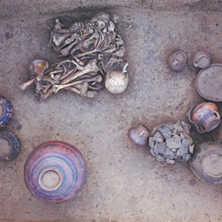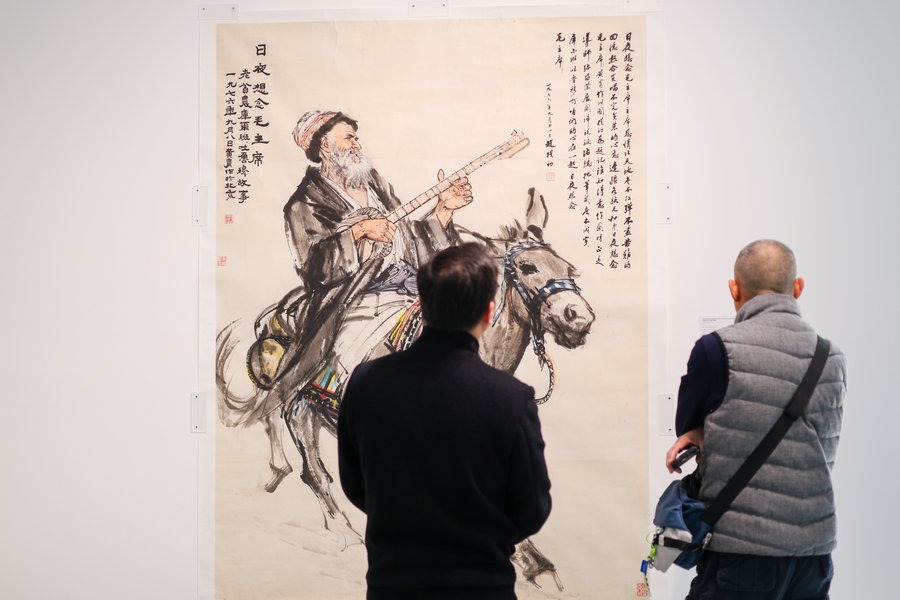On the trail of Majiayao
Discovery of large-scale settlement at Siwa site, in Gansu province, provides intriguing evidence of advanced society, Wang Ru and Wang Kaihao report.

Researchers had rarely discovered residential foundations of the Banshan type except for findings made by late archaeologist Yan Wenming in 1963 in Lanzhou, the provincial capital of Gansu. The newly-discovered Banshan settlement is expected to provide more materials for cultural communication, especially the introduction of metallurgy, sheep, cattle, barley and wheat to China.
Guo says these are widely believed to have originated from West Asia. From sites of early stage of the Qijia culture, a Neolithic culture in the upper reaches of the Yellow River — with its earliest period approximately contemporaneous with the late period of Majiayao culture — a large amount of such "exotica" has been discovered. Therefore, archaeologists guess during the middle Majiayao cultural period, such things may also be found, shedding light on their early travel to China.
"The latest discoveries demonstrate Siwa site was a large central settlement site of the Majiayao culture. ... They tell us the developed painted pottery handicraft, foreign trade and exchanges were probably key reasons why Majiayao culture could spread to and influence so many areas," Han says.





































